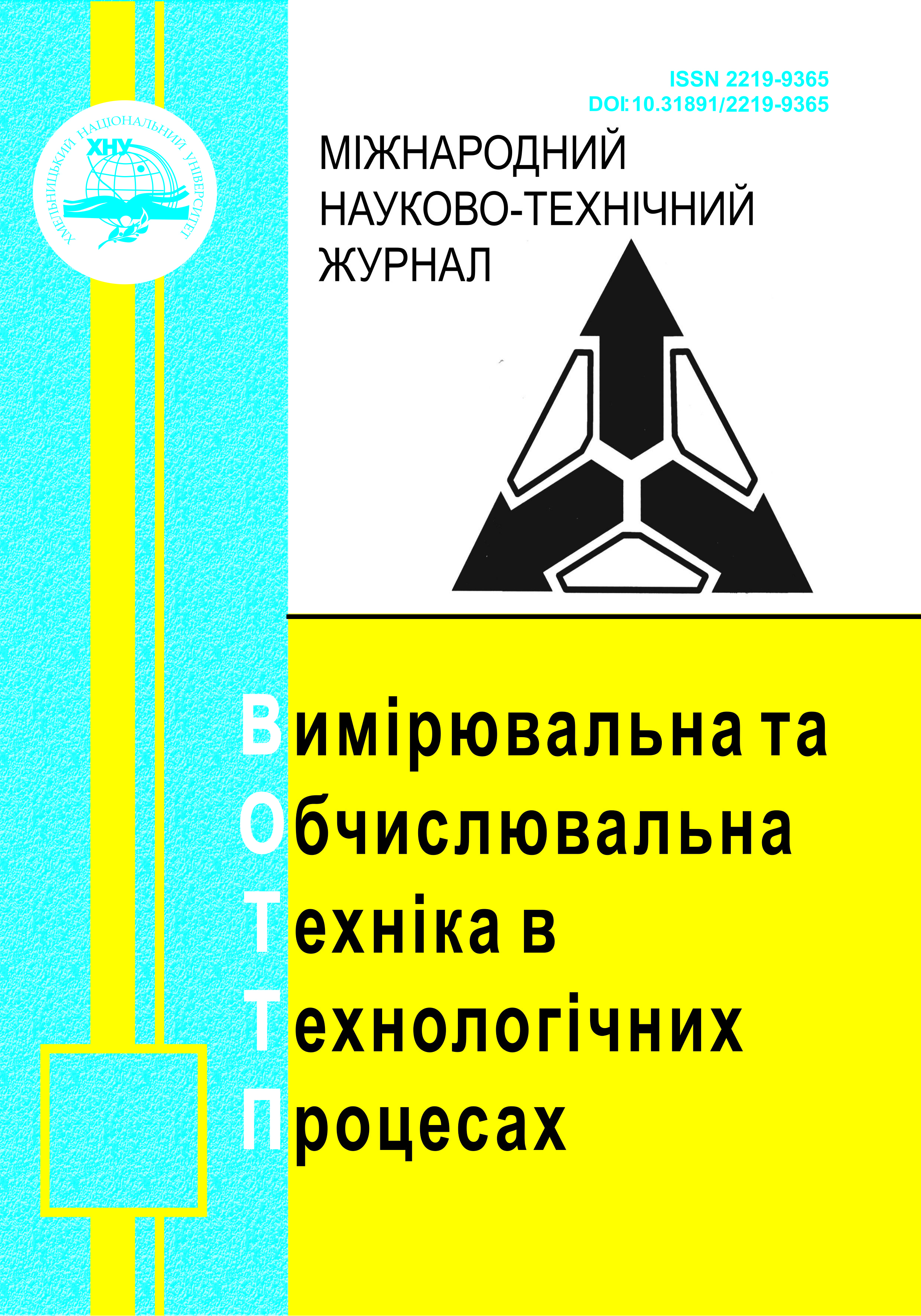COMPARATIVE ANALYSIS OF SOFTWARE AND ALGORITHMIC SOLUTIONS FOR INTELLECTUALISED MONITORING IN OPEN-FIELD CROP PRODUCTION: CURRENT STATE AND DEVELOPMENT PROSPECTS
DOI:
https://doi.org/10.31891/2219-9365-2025-82-54Keywords:
software and algorithmic provision, prediction, yield, agricultural monitoring, analysisAbstract
The relevance of this study is driven by current challenges in the agricultural sector, which require effective solutions through the development and implementation of advanced digital and information technologies. The main aim of the research is to substantiate prospective directions for the development of digital and intelligent technologies for crop yield prediction based on a detailed comparative analysis of the current state of software and algorithmic solutions for monitoring parameters of open-field crop production processes. The article presents the results of a review and analytical investigation focused on the comparative evaluation and categorical generalisation of modern approaches to intelligent agricultural monitoring in the context of yield prediction under open-field crop production conditions. A critical analysis of software and algorithmic solutions is carried out, taking into account data acquisition technologies and multi-level intelligent transformation of agricultural monitoring data. The study demonstrates the potential of developing and applying information-oriented hybrid models that offer adaptability to changing agroclimatic conditions. Key limitations of existing approaches have been identified, and prospective directions for their further improvement have been substantiated, with a focus on enhancing accuracy, adaptability, scalability, and functional integration into agricultural enterprises.
Downloads
Published
How to Cite
Issue
Section
License
Copyright (c) 2025 Іван ЛАКТІОНОВ, Сергій СЕМЕНОВ

This work is licensed under a Creative Commons Attribution 4.0 International License.

